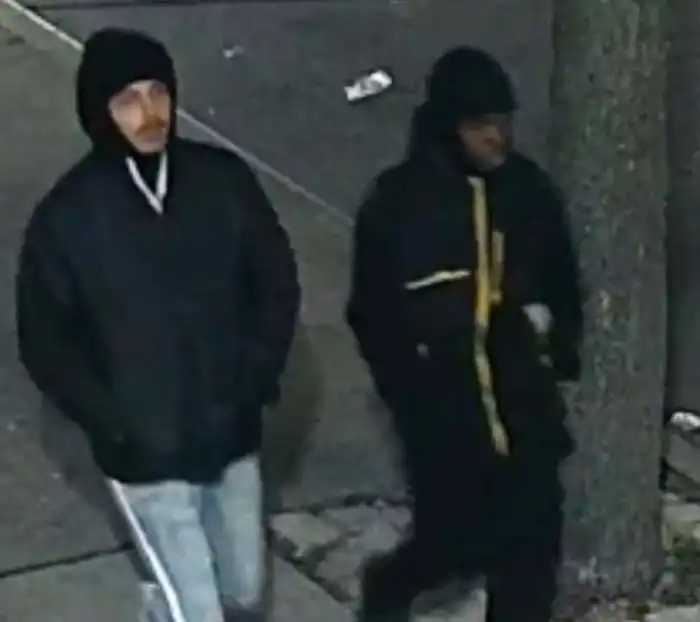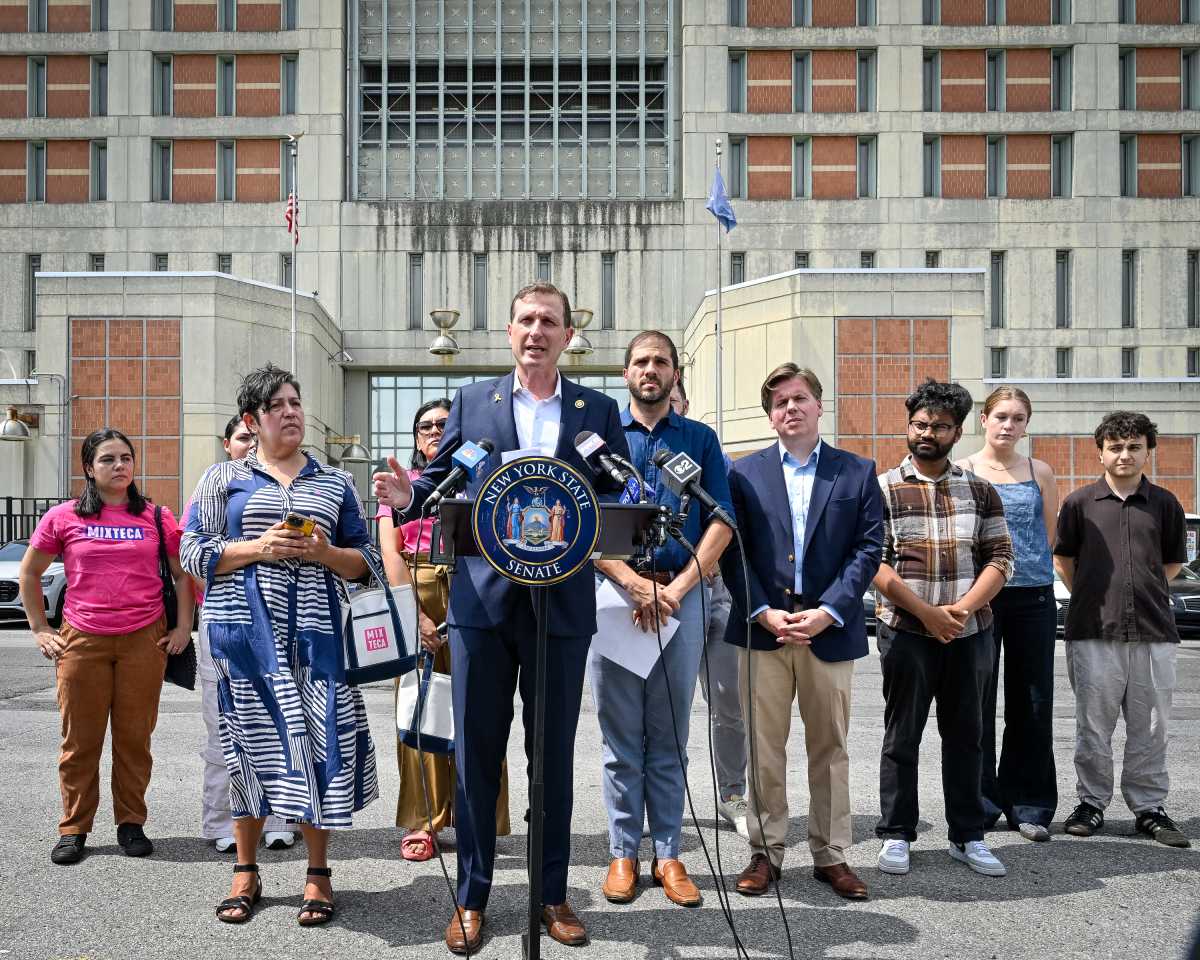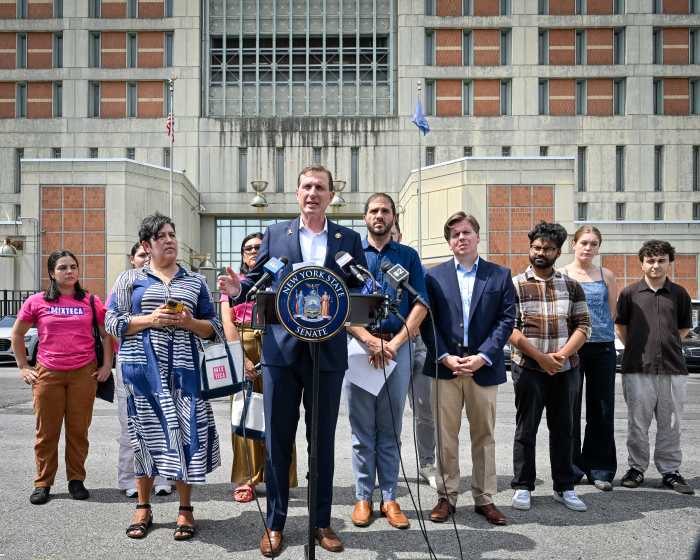Nearly a month after Gov. Kathy Hochul put the kibosh on congestion pricing (allegedly temporarily), the city received a glimmer of good transit news in time for the summer.
The MTA increased service on July 4 along four lines — the B, D, J and M — during midday and evening periods so riders can catch a train every eight minutes. As of July 6, the 3 and 5 lines will also get a service boost, with trains on the weekends running every 10 minutes.
Moreover, the MTA agreed to expand the Rockaway Park Shuttle on weekends through Labor Day weekend, running 10-car trains as far north as Rockaway Boulevard on the A line in Queens. This will help make getting to and from Rockaways’ beautiful beaches even easier for millions of New Yorkers.
Hochul’s office said that the service enhancements (excluding the Rockaway Park Shuttle summer expansion) were funded through $35 million allocated in the 2024 state budget. While certainly appreciated, we’re left to wonder when, or if, the next round of service enhancements will come (and will be funded) with congestion pricing off the table.
To this date, the governor has yet to announce any movement on her pledge to find alternate routes toward funding some $16 billion in capital improvements which the MTA Board formally shelved at its June meeting. The silence from Albany on this has been nothing short of deafening.
Nothing major is at stake here other than the fate of the nation’s largest public transit system, in the nation’s largest city, in the nation’s financial capital.
The MTA cannot afford to indefinitely shelve essential projects like upgrading nearly 100-year-old signal systems, or much-needed service expansion projects like the Second Avenue Subway extension to East Harlem.
MTA Chair Janno Lieber said the authority will prioritize to focus on keeping what exists in good working order, and the trains moving. But maintenance alone is not enough in New York, a city that always changes and evolves with the times — always growing, never receding.
Where is Hochul’s urgency in finding the alternative funding? A month has passed since the state legislature ended its session, failing to pass a hastily conceived, woefully inadequate funding plan for the MTA. Since then, all we have heard on the subject are promises without action.
It’s time for Hochul to take this seriously. She is the one who stopped congestion pricing, so the responsibility rests with her to figure out the alternative. No New Yorker should let her off the hook until she steps up and gets a deal done — and fast.
For now, enjoy the summer of subway service certainty; we don’t know what the next seasons will bring.
Read More: https://www.amny.com/editorial/




































